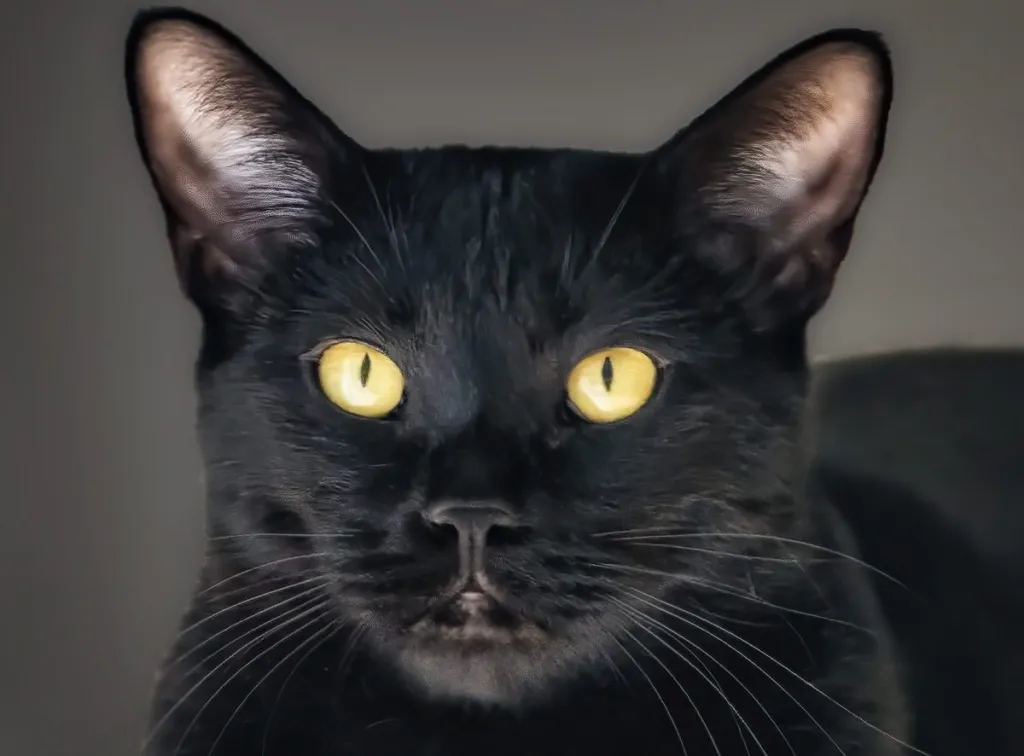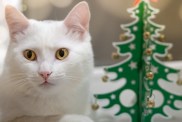Breeders carefully crossed sable Burmese and black American Shorthair cats in the mid-20th century to create the Bombay cat, a breed renowned for its striking appearance and affectionate nature. The vibrant city of Bombay, now Mumbai, India, inspired the name for the Bombay cat.
Furthermore, what sets this breed apart is its sleek,…





